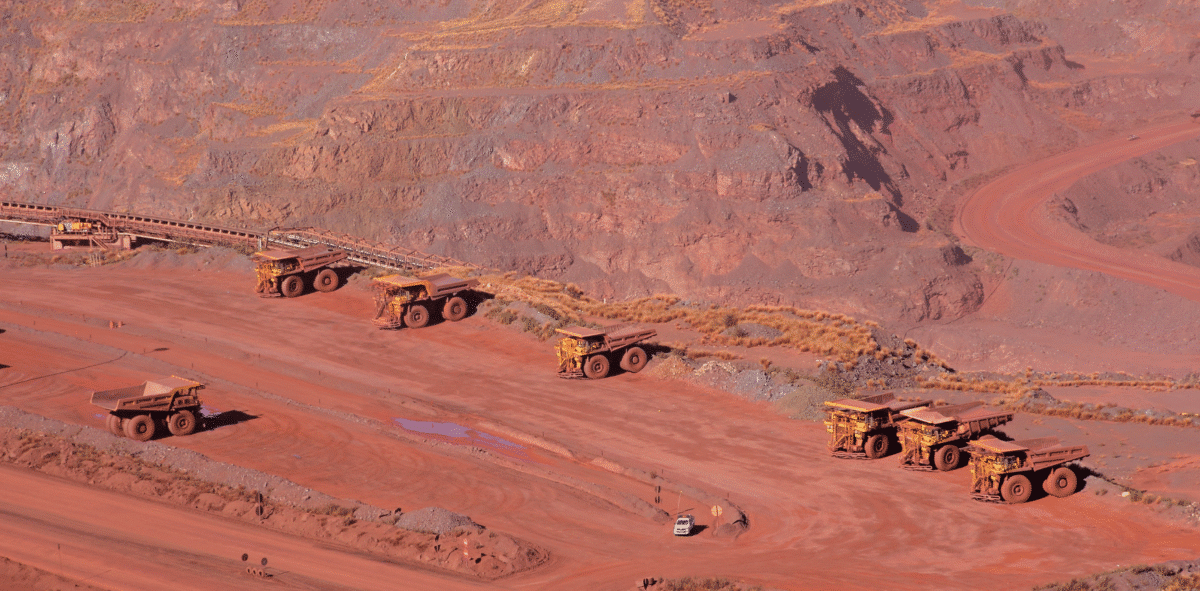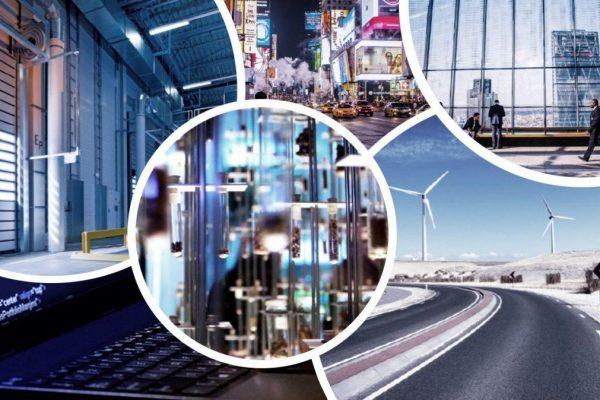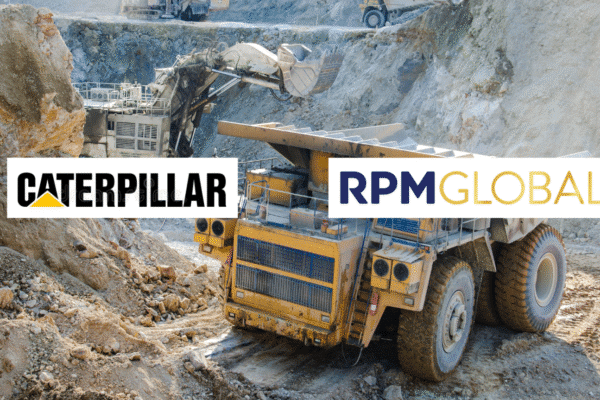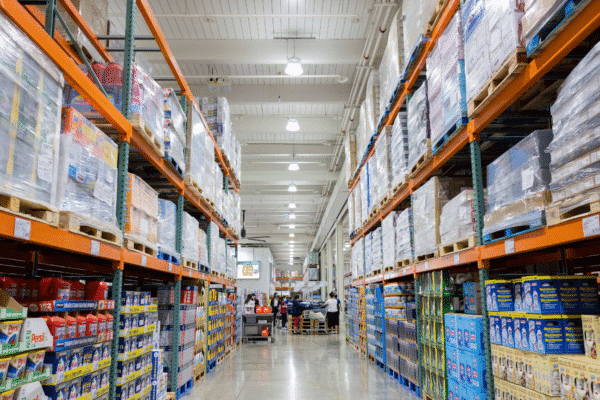
From resources to results: Harnessing innovation in iron ore and renewable energy to accelerate Australia’s leadership in green iron and steel
30.7.2025Australia’s green iron opportunity: A global industrial transformation
Australia stands at the threshold of a transformative opportunity that could redefine its role in the global economy. Australia has the resources, technology, and trade relationships needed to become a global leader in green iron production, but only if decisive policy action is taken now.
Green iron is technically and economically viable
Green iron production, particularly using hydrogen-based direct reduced iron (DRI) powered by renewable energy, is both technologically feasible and economically viable in Australia. However, the current policy environment continues to favour carbon-intensive methods, which do not account for the full environmental cost of emissions.
To level the playing field and unlock green iron’s potential, the Superpower Institute and other lobby groups recommend targeted government interventions:
- Carbon pricing or emissions caps to internalise environmental costs
- Public investment in infrastructure, such as renewable energy and green hydrogen production
- Tax credits or subsidies to support early green steel projects
- Workforce development and R&D support in regional areas
These measures would help overcome early-stage cost barriers and set the foundation for a globally competitive industry.
A $386 billion export industry by 2060
Currently, Australia earns around $124 billion annually by exporting raw iron ore, which is mostly processed overseas using high-emissions technologies. The recent Superpower Institute report on green iron argues that by investing in green iron production domestically, Australia could generate up to $386 billion per year in export revenue by 2060, tripling the value of its existing iron ore exports.
This shift would create significant economic value onshore, support industrial development in regional areas, and reduce exposure to shifting global climate policies and customer expectations.
Rather than exporting raw ore and importing the associated carbon emissions, Australia has the chance to move up the value chain and become a global supplier of clean, value-added materials like green iron and steel.
A global race already underway
Australia’s window to act is rapidly closing as other nations push ahead. Green iron and hydrogen-based steel projects are already underway in Sweden, Germany, Canada, China, Namibia, Mongolia, Mexico, and the Middle East. Sweden’s HYBRIT and Germany’s SALCOS projects, in particular, have already demonstrated large-scale low-emissions iron production.
These early movers are establishing supply chains, technology ecosystems, and export partnerships that could lock Australia out of future market opportunities unless it accelerates its response.
A national strategy for jobs and prosperity
The shift to green iron isn’t just about climate action, it’s about economic security, regional development, and industrial leadership. Australia has a unique combination of world-class iron ore reserves, low-cost renewable energy potential, and proximity to key Asian markets.
But natural advantages alone won’t secure success. Primary actions should include a coordinated national strategy that brings together governments, industry, and investors to build a globally competitive green iron and steel industry.
Conclusion: This is Australia’s moment
The Superpower Institute’s report and many other minerals and industrial analysts conclude: Australia must act now. With the right policies and investments, the country can become a global leader in green iron, securing long-term prosperity and industrial strength in a decarbonising world.
Whether you’re an investor, policymaker, infrastructure provider or business leader in the energy or resources sector, we’d welcome the opportunity to connect. Please get in touch with Derek Thomson, our Clean Energy sector lead, to discuss how we can work together to shape a globally competitive and sustainable green iron industry.









